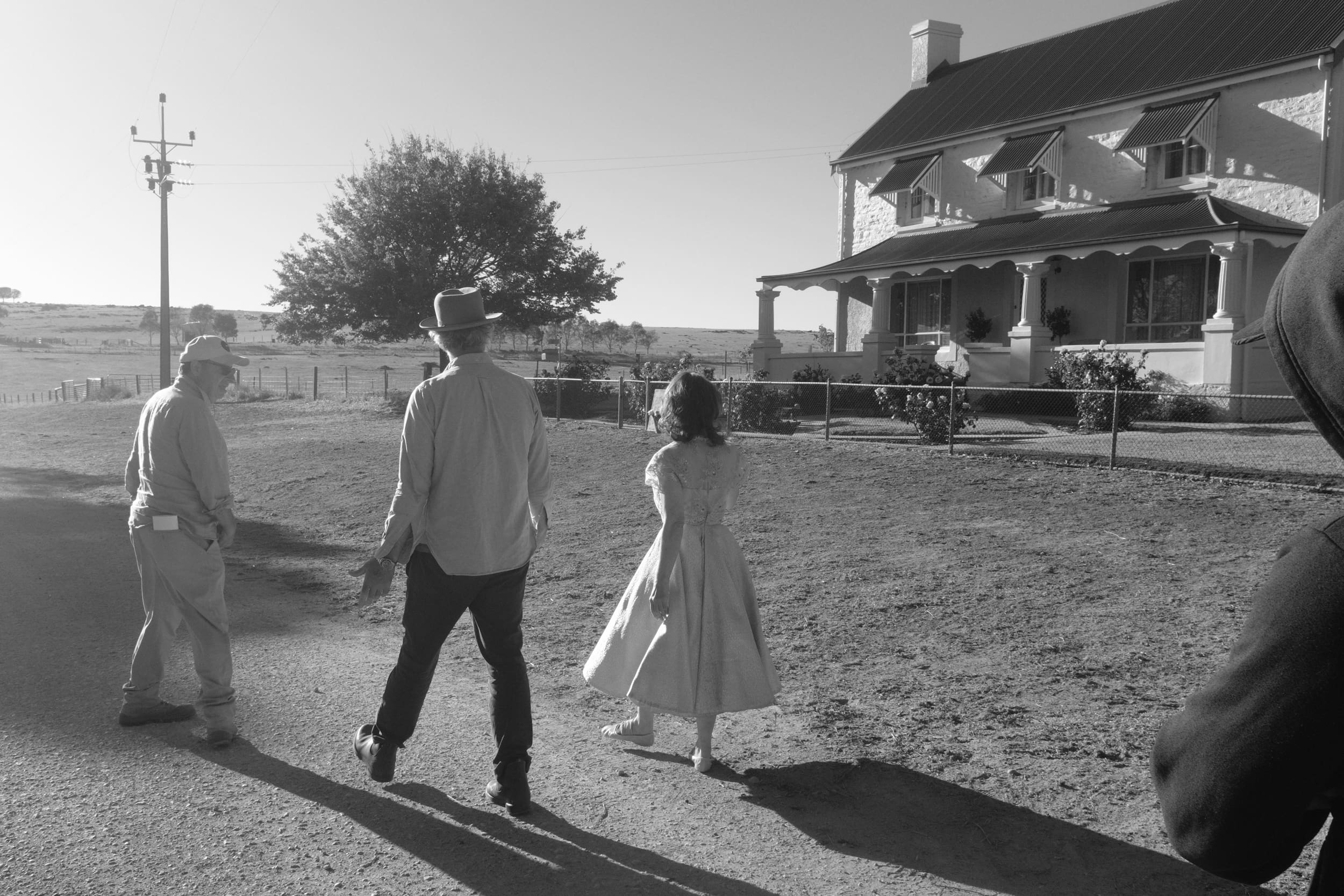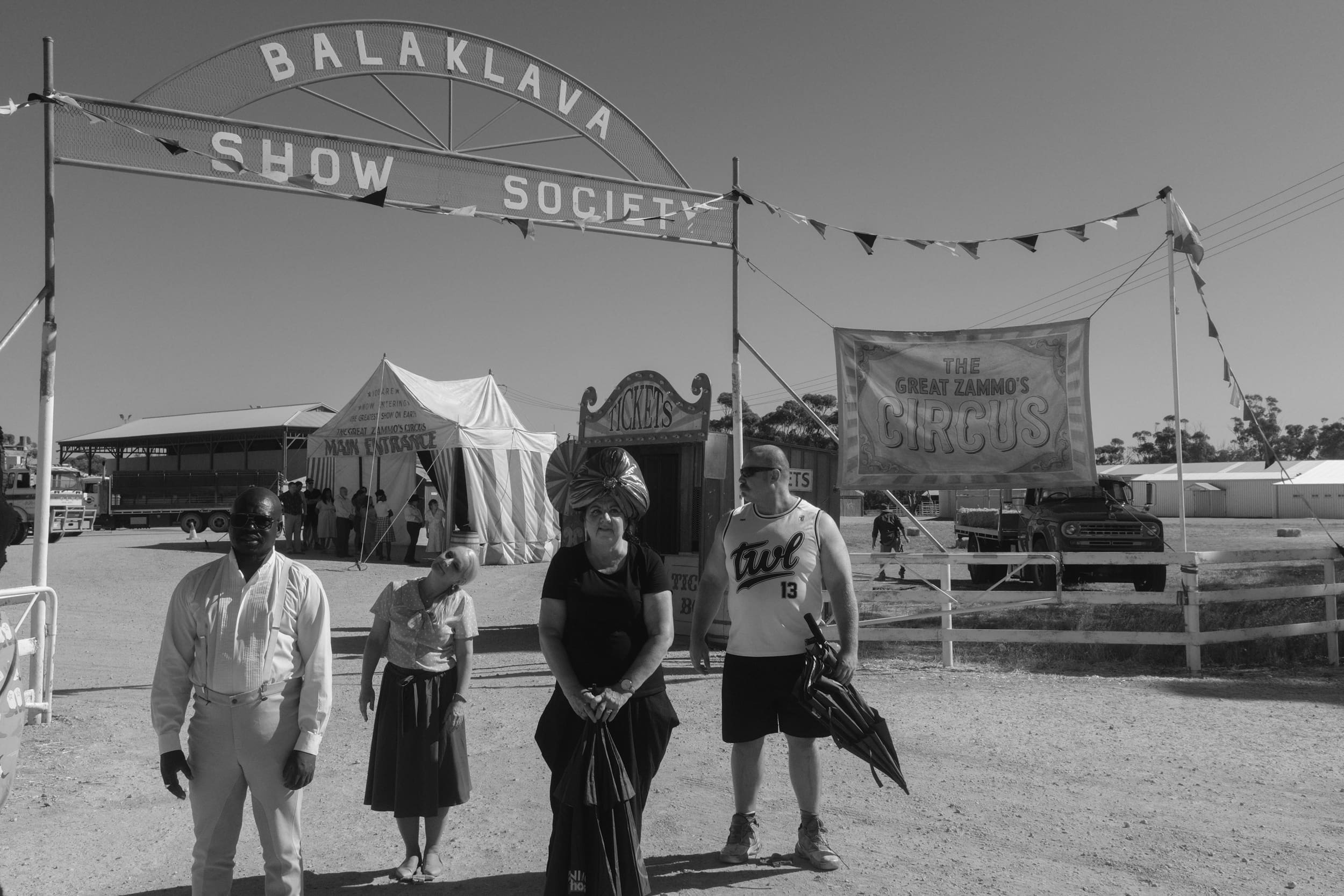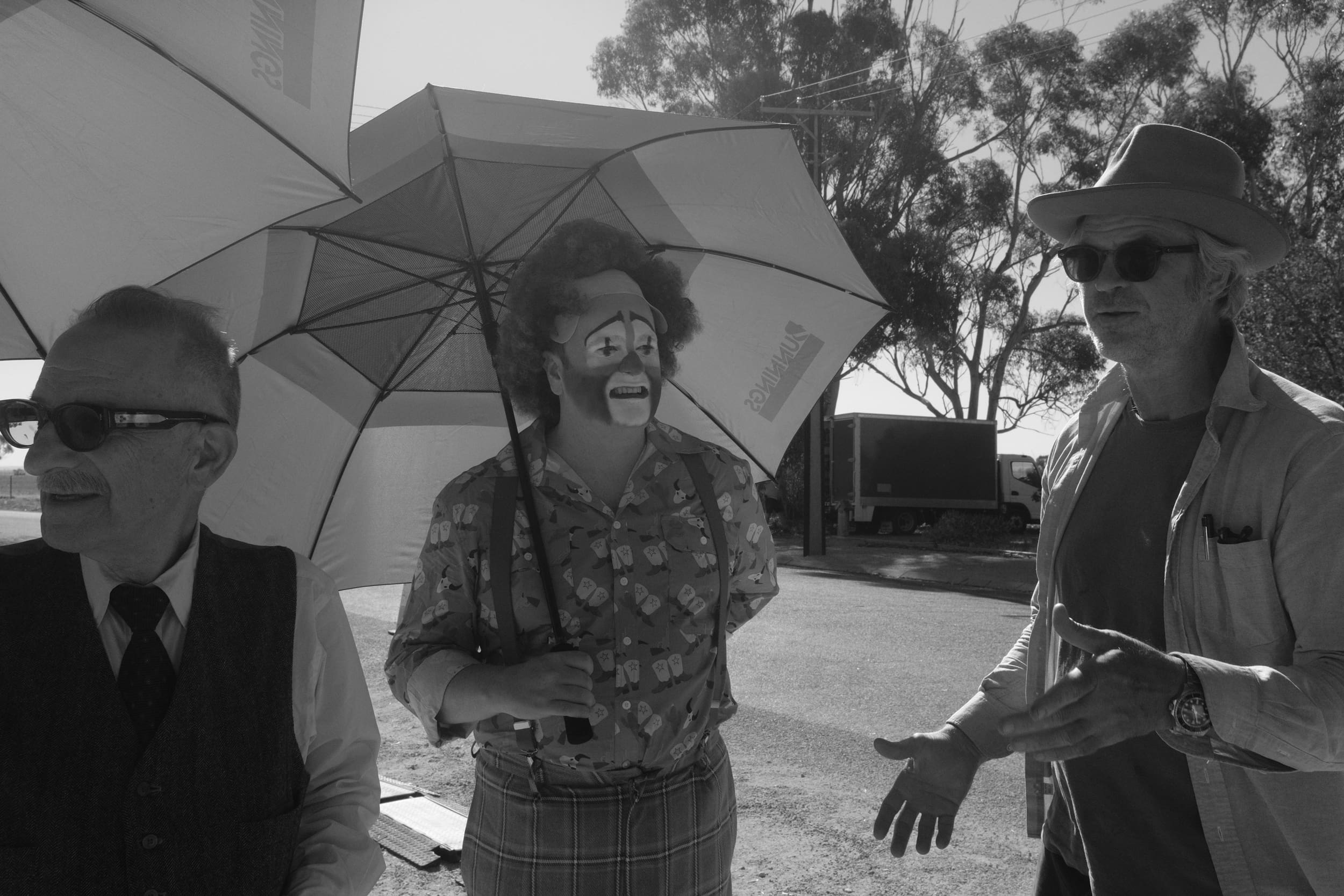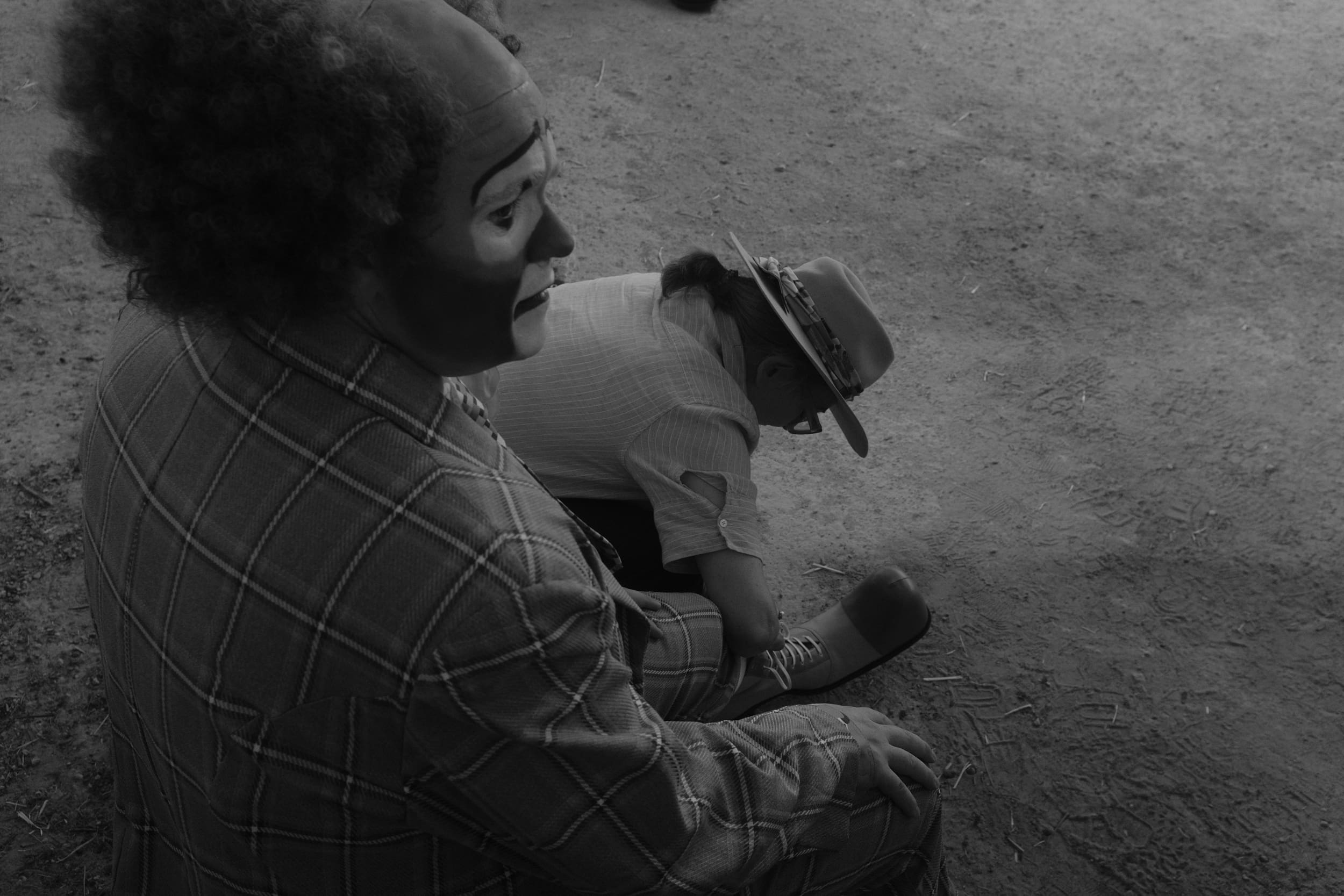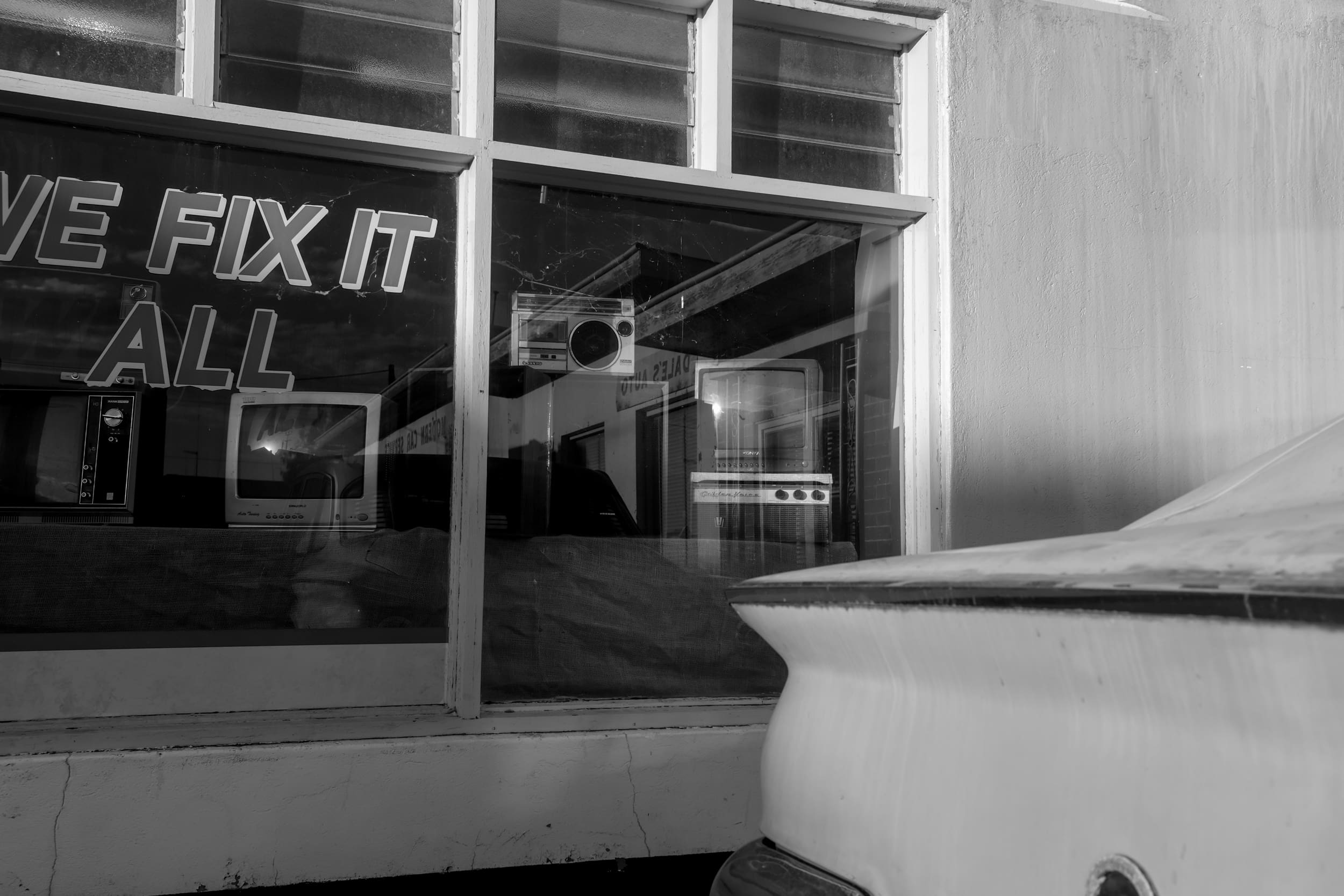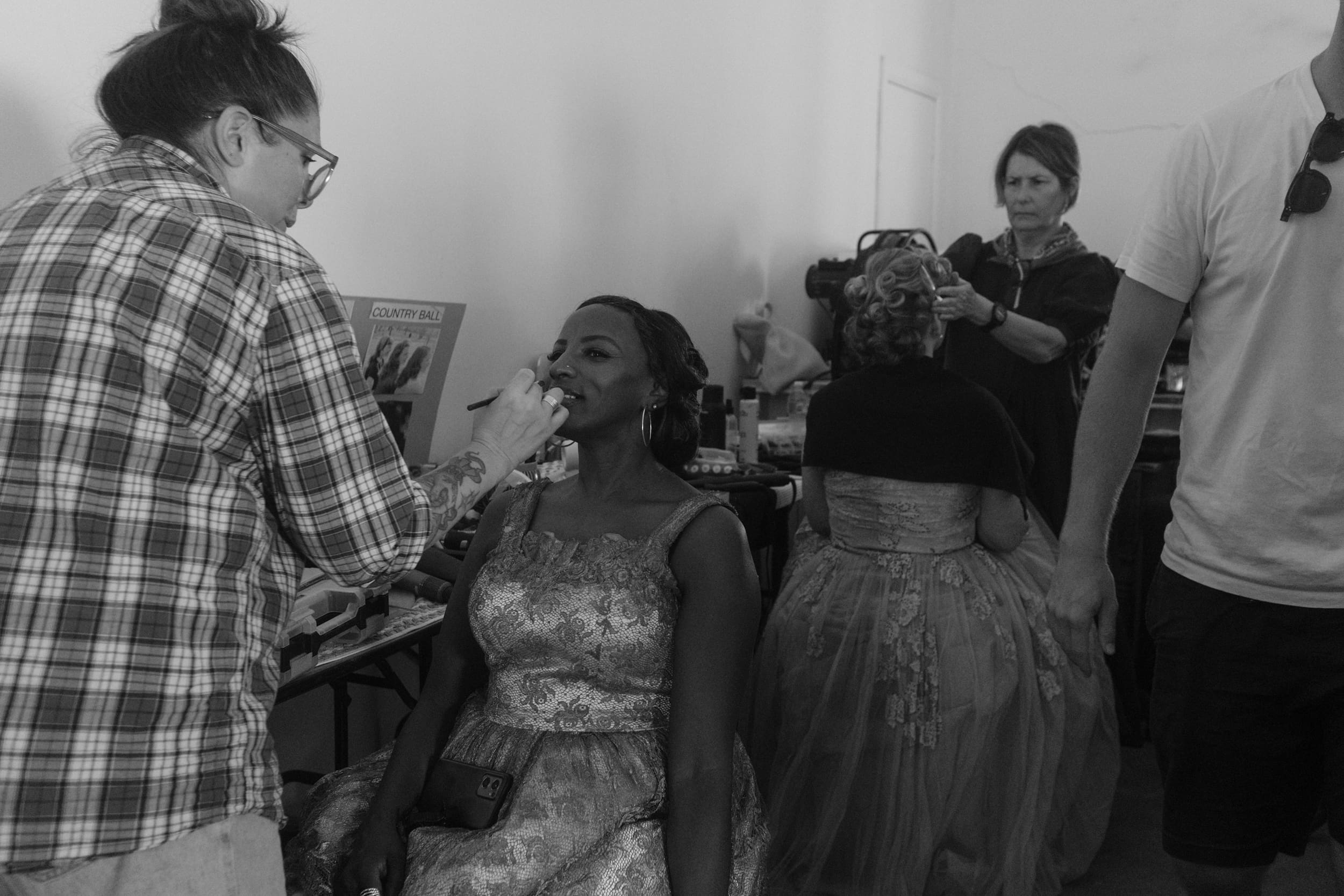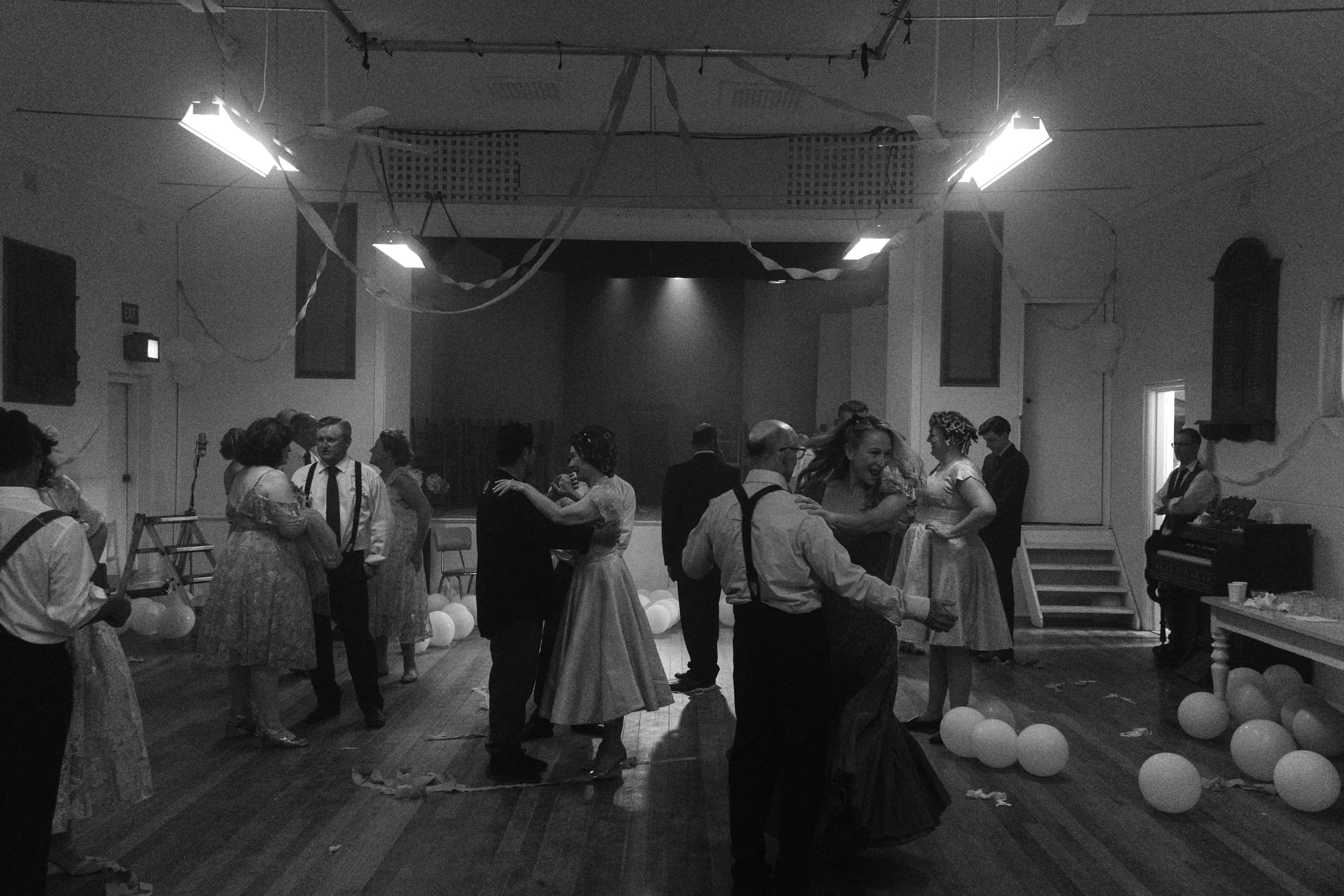The Shoemaker
Steve Rogers
We wanted to tell another Australian fable, but we didn’t want it to become mawkish or sentimental. The key was to ground the story so it felt tethered to reality, while still allowing space for moments where unbelievable things could transpire in very believable, ordinary ways.
We were borrowing loosely from fairytale tropes, but seeing them through a rural Australian lens, and in particular, a kind of rural Australian nonchalance, whereby remarkable things are sort of thrown away.
Stylistically, we intended to build on the work we made with the Donkey film, but give this its own flavour and tone. Once we decided that the world should feel attainable, despite the oddities within it, it really became a matter of research: into the design, the architectural history of the area, and the way rural architecture evolves over time.
We felt the fantasy needed to be grounded in reality, so it made sense to construct the shop as a complete, physical structure. Everything inside it was as authentic as we could make it, from all the tools to the handmade shoes for each of the characters.
The intention was for the shop to look as much as possible like a very real store, one that had once lived in a small-town row of shops and had been serving locals for as long as anyone could remember. At some point, it broke free from its footings and developed the ability to move about.
We were conscious that it shouldn’t feel like a mobile food cart or anything like that, so we designed it to feel substantial, made from heavy, permanent materials like cement, tiles and bricks. It needed to appear well made, as though it was first constructed in the 1880s, then renovated in the ’30s, and again in the ’70s. It needed history and backstory.
The entire structure was built on a heavy-gauge trailer that could be either towed or pushed, depending on the scene and the camera placement. The only real challenge was the time it took to move it between locations, especially with speed restrictions on a vehicle of that size – and none of the locations were close to each other.
Agency: Bear Meets Eagle on Fire with +61
Production: Revolver
Director: Steve Rogers
Producer: Caroline Kruck
BTS Photographer: Jimmy Rogers
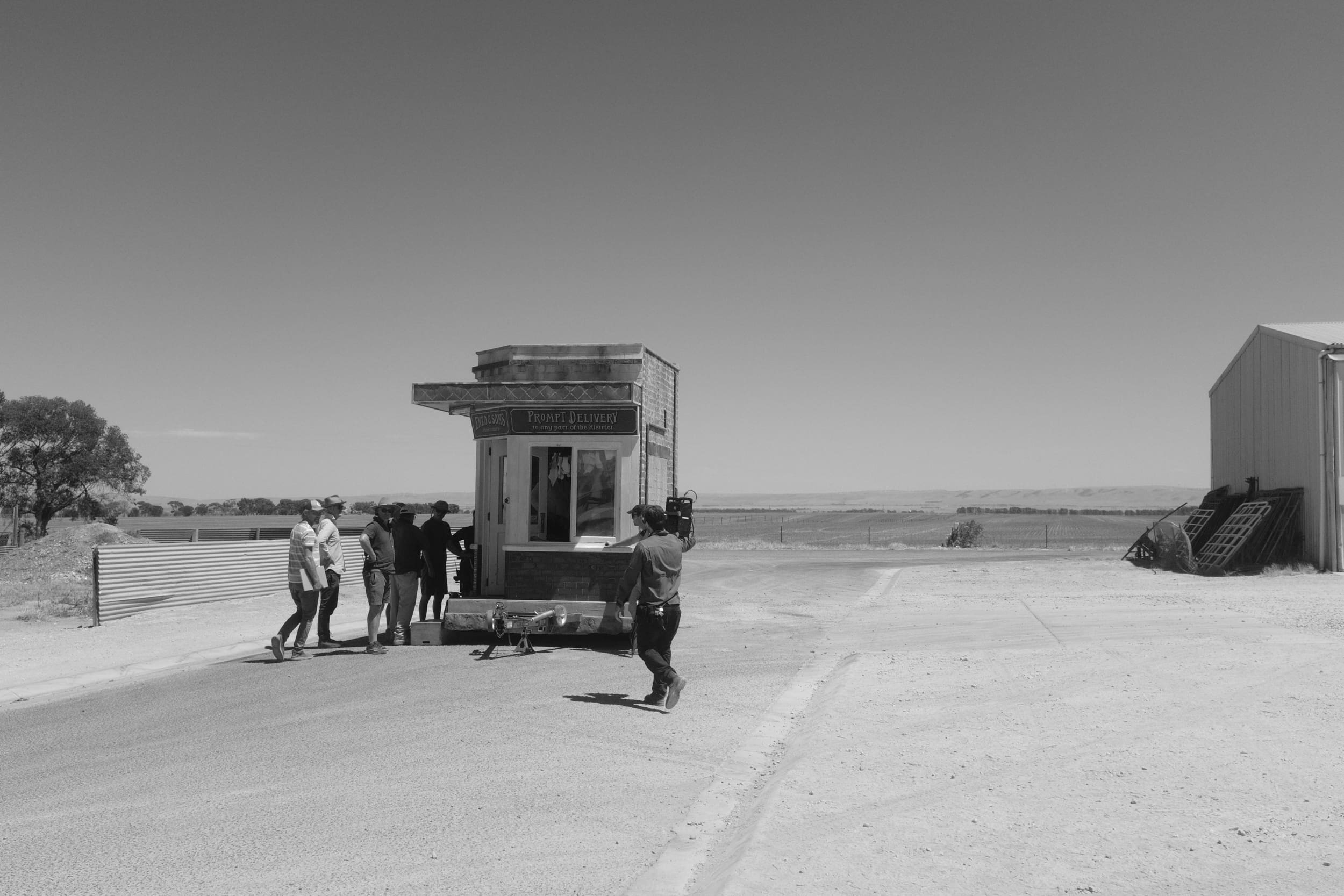
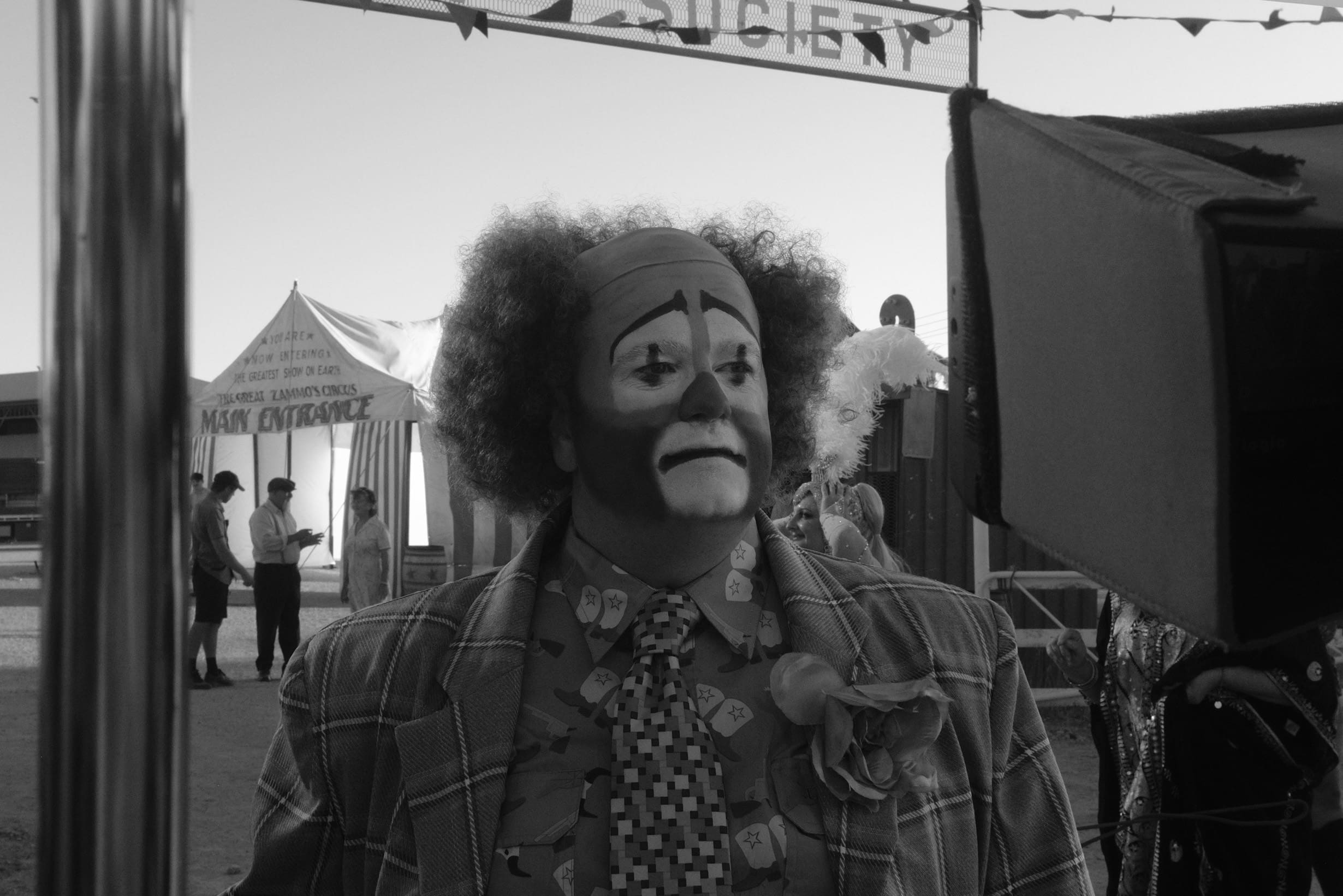
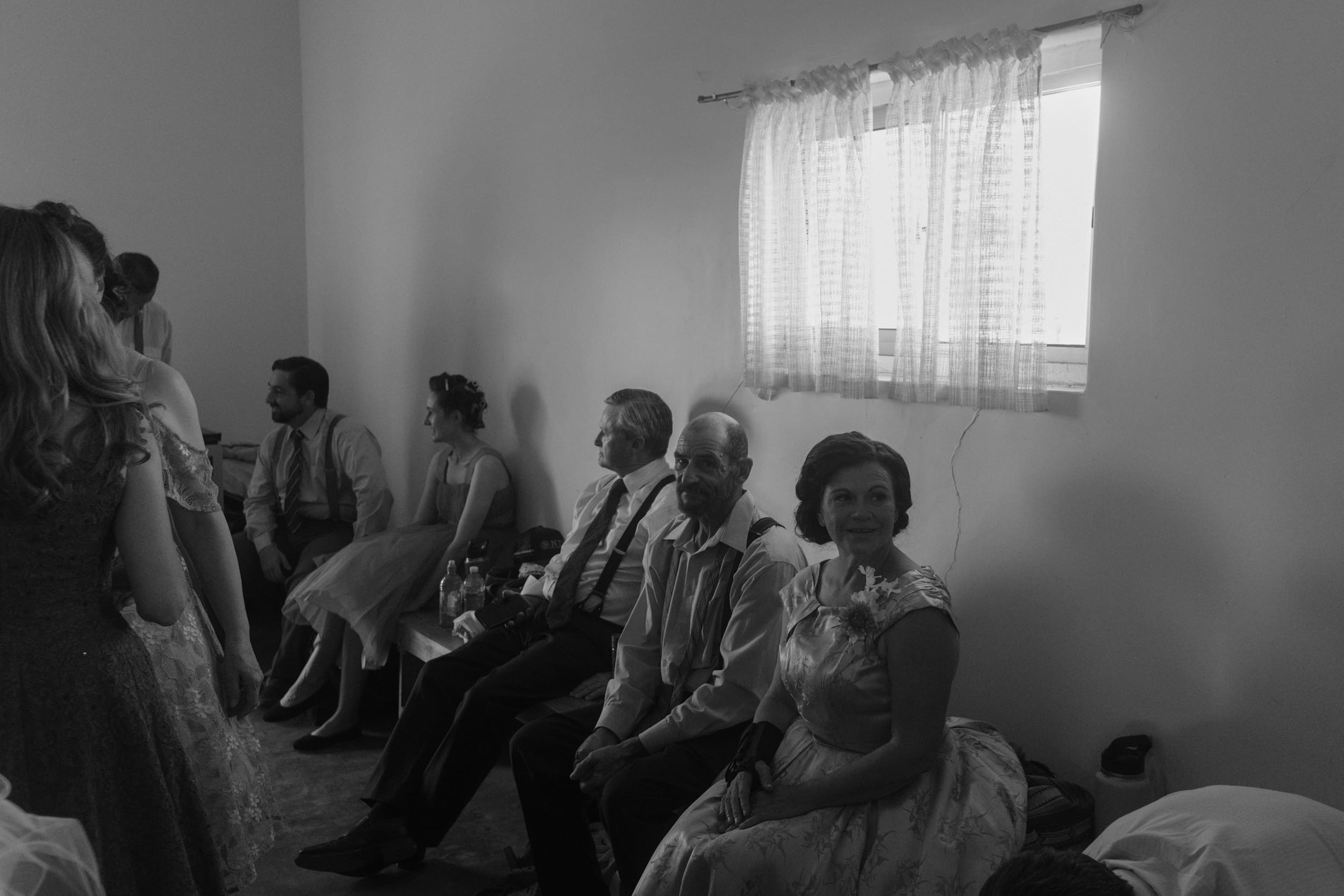
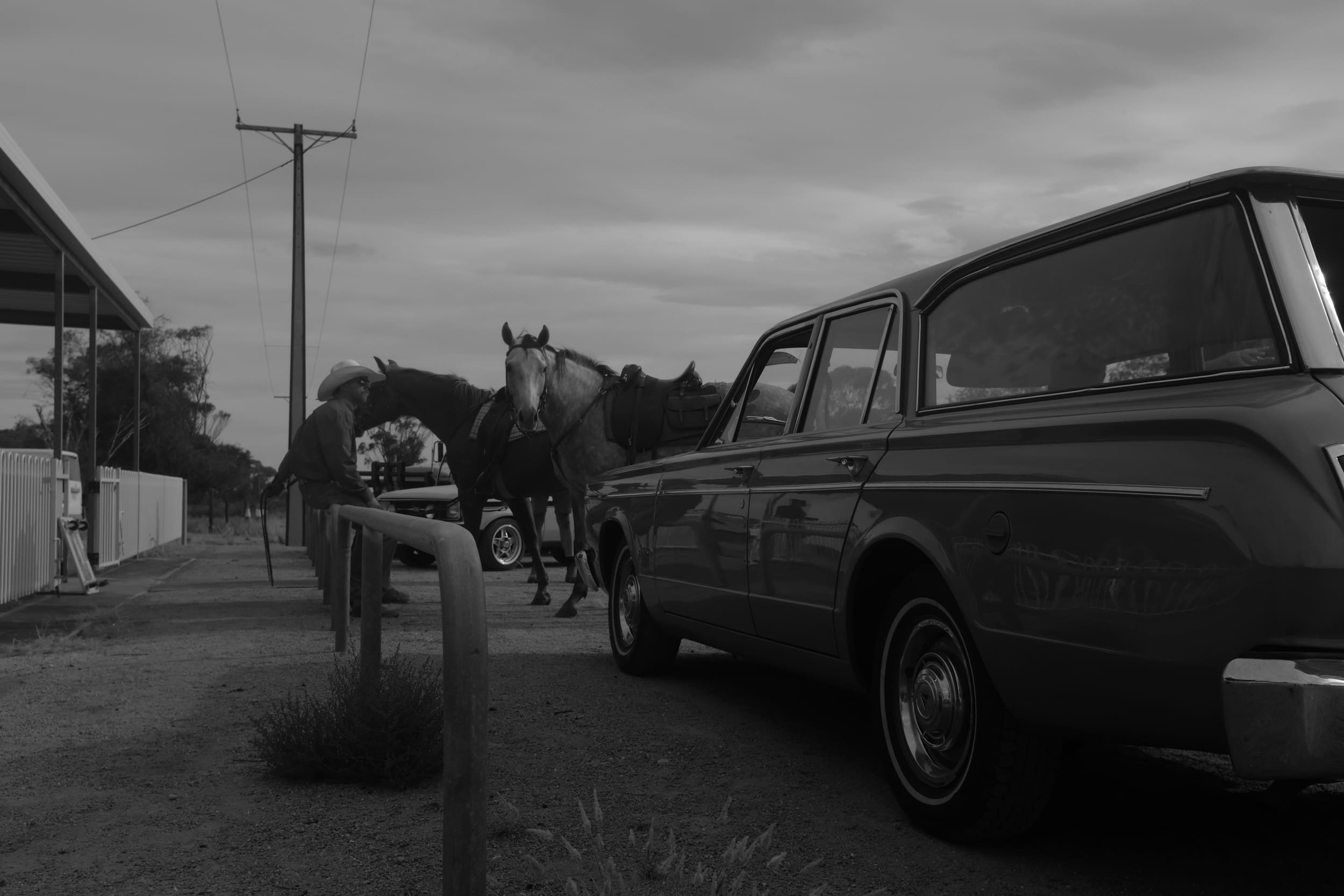
We decided to shoot in this particular part of South Australia because the small-town landscape is incredibly unfucked with. The locations only required very minimal augmentation, other than the circus, which we designed based around old travelling shows and tent boxing signage.

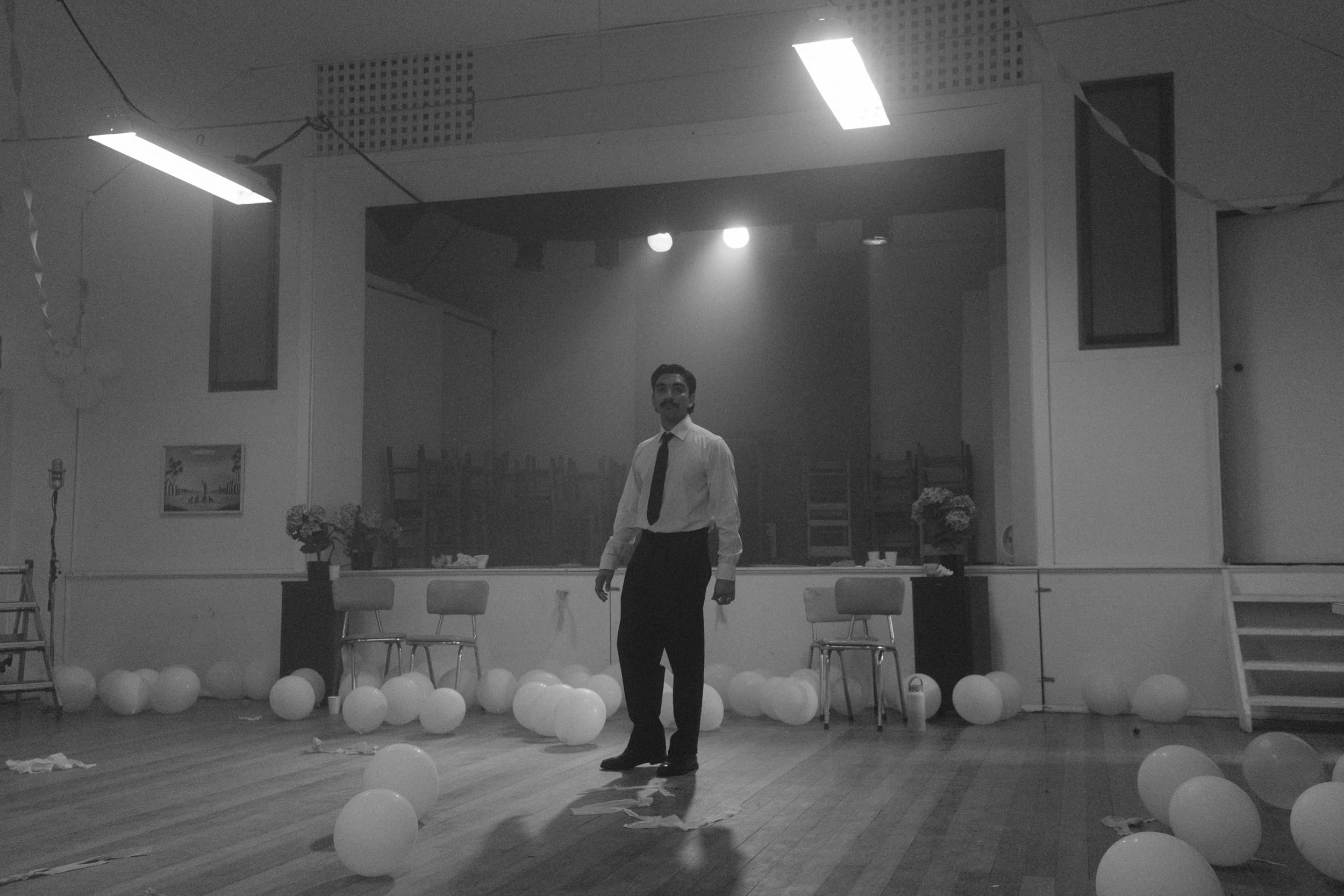
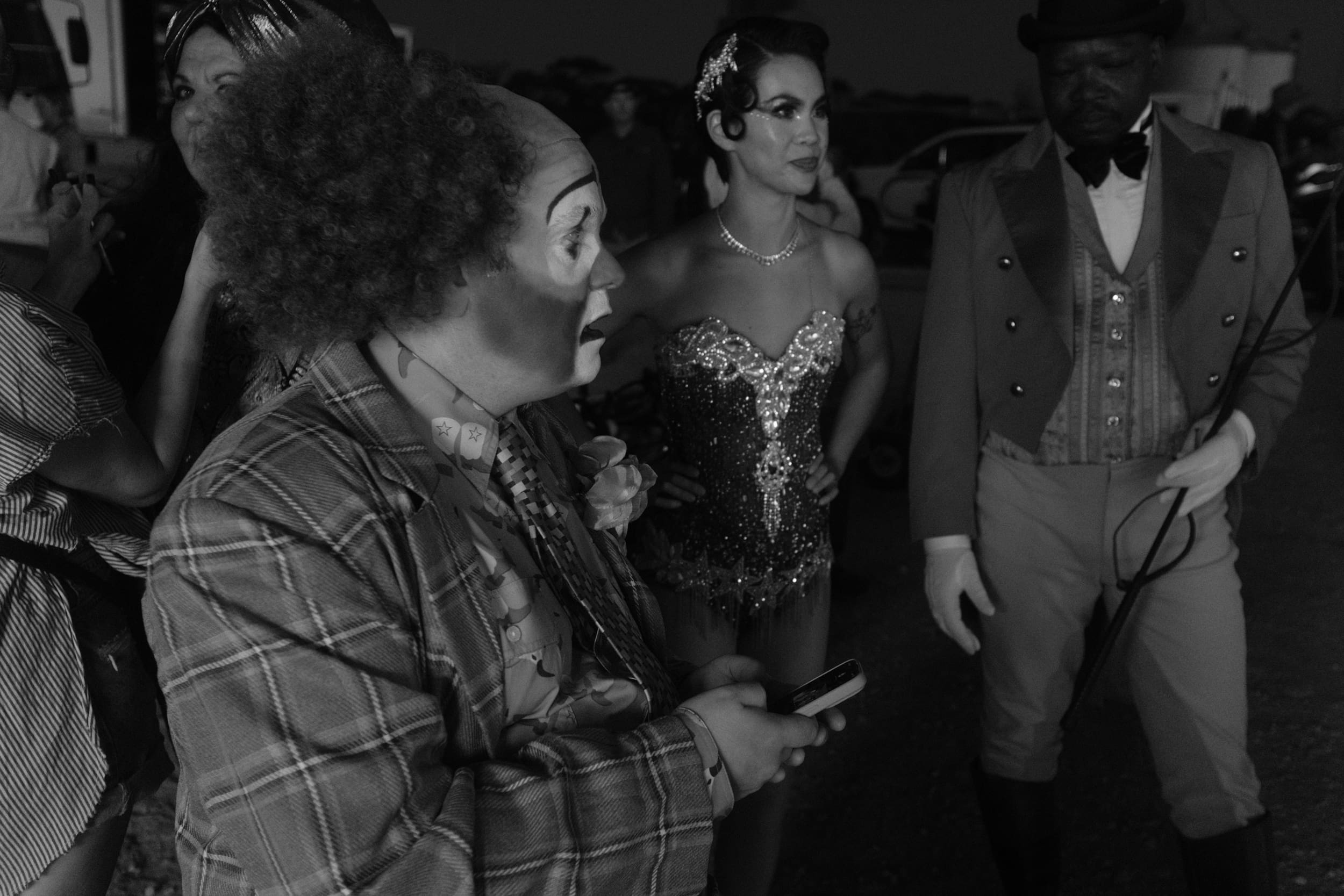

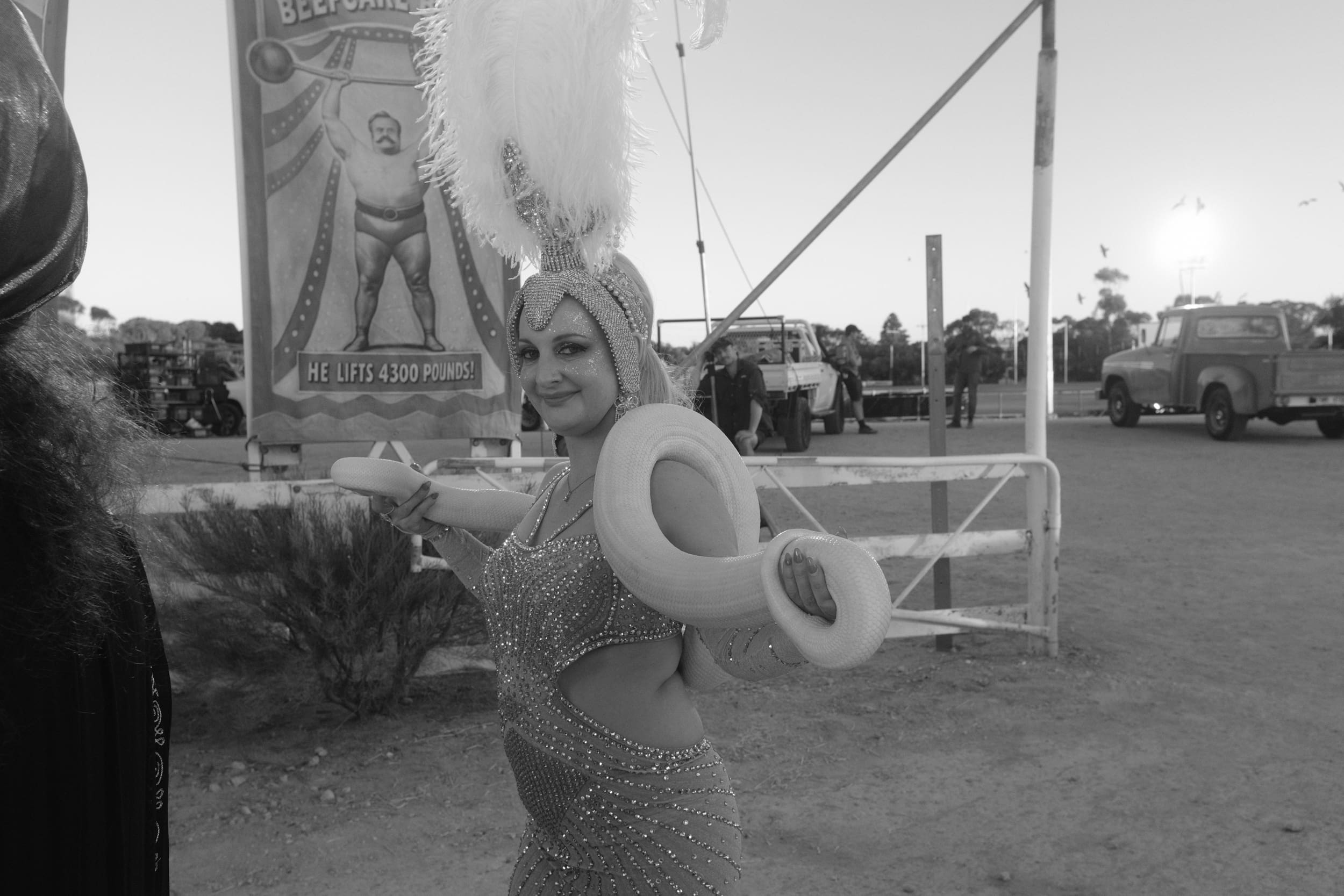
The cast as a whole were really centred around the shoe maker. He was the fulcrum around which the other characters revolved, so it was important that he brought authenticity and credibility to the fantasy of the moving shop. It wouldn’t have made sense to cast someone eccentric in that role.
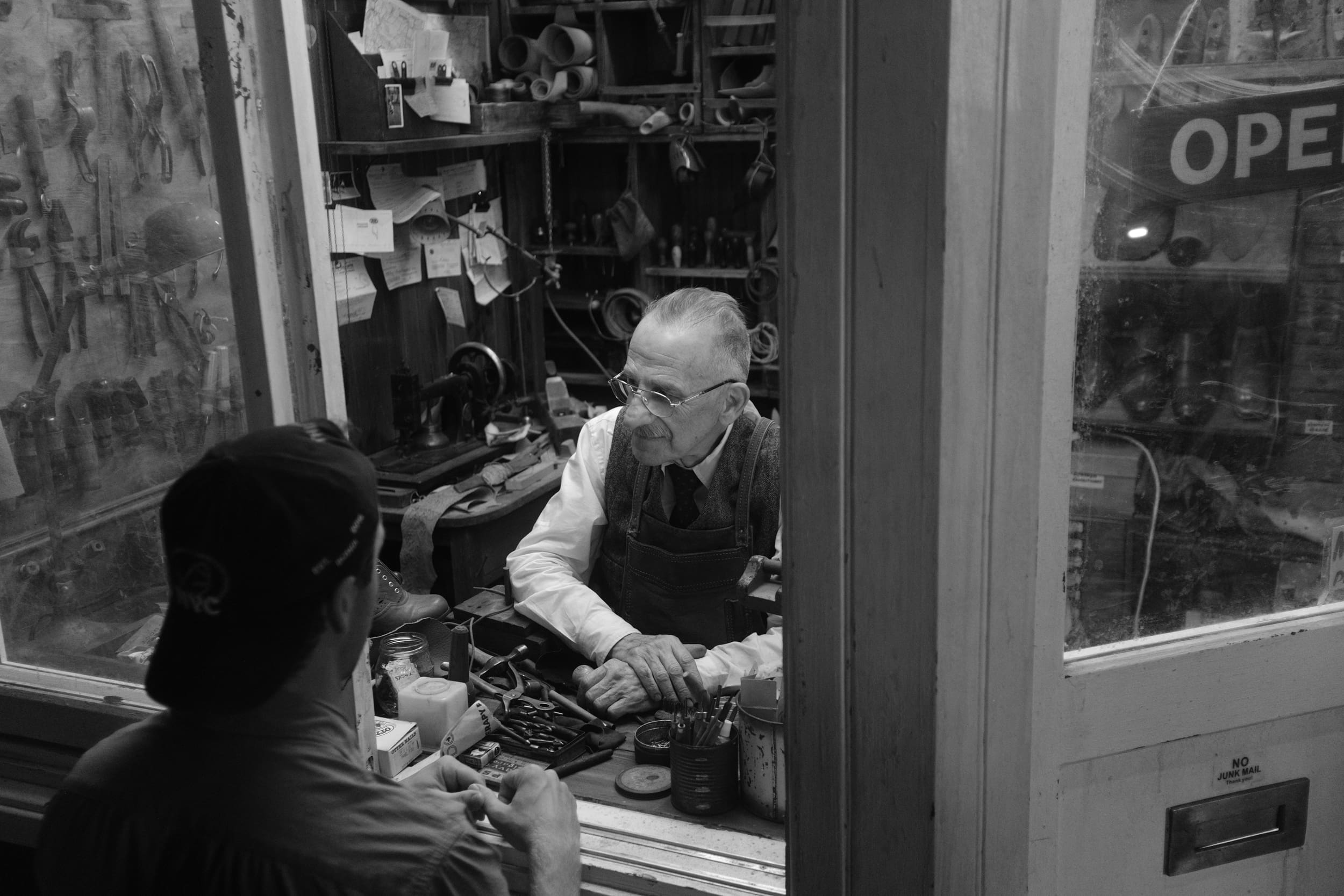
Once we had cast Nico Lathouris as the shoe maker, a wonderful actor who really grounded the story, we could have a little more fun with the supporting cast. But even then, we never wanted this world to be populated by caricatures or self-consciously strange folks. I think it’s an easy stereotype to fall into, particularly when telling stories about rural Australia.
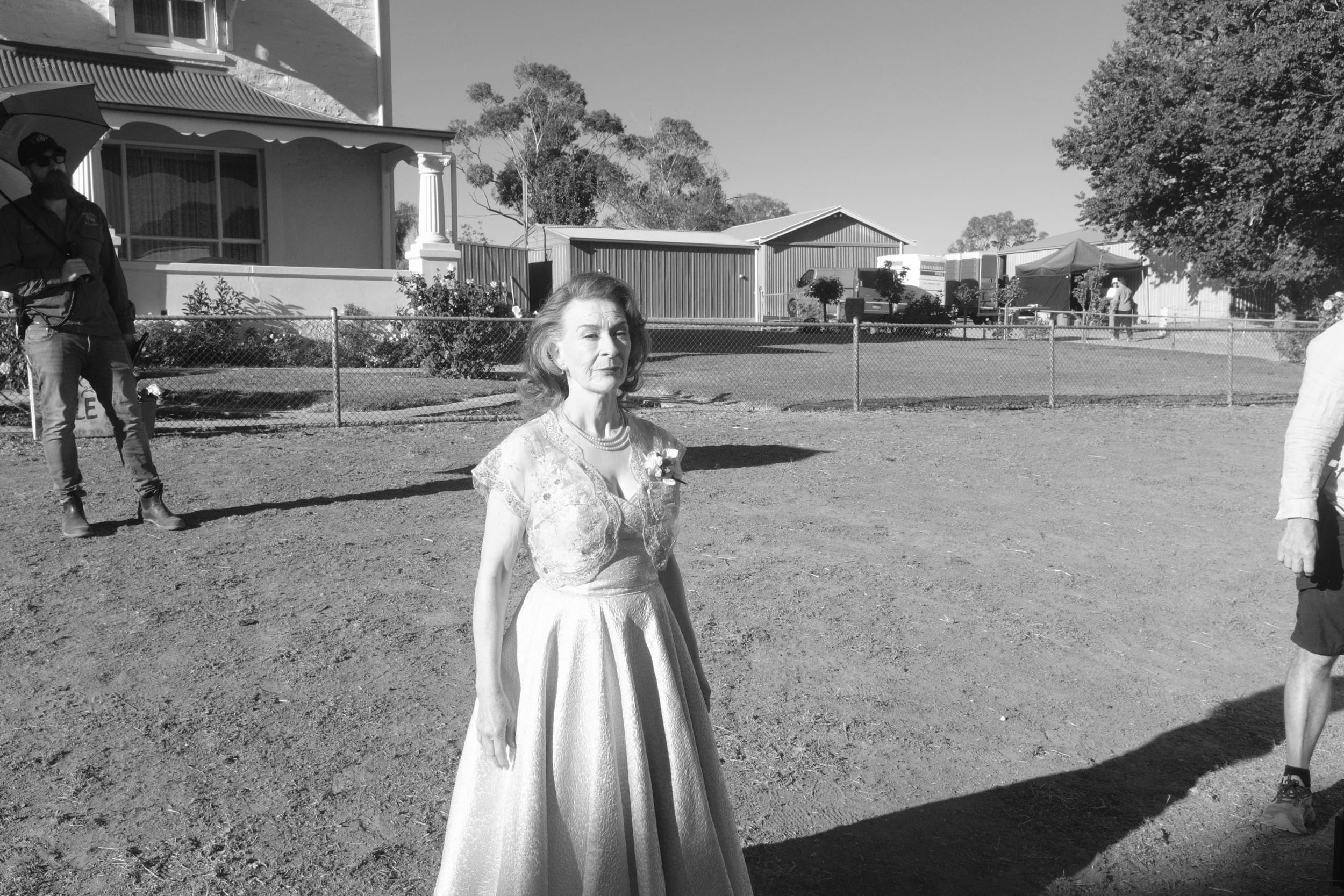
We set out to find characters who were ordinary in an interesting way, that made the world specific without it becoming weird for weird’s sake. That was the intention, and irrespective of the giant that lives in Terowie, I think most of the characters were wonderfully and unconventionally ordinary.
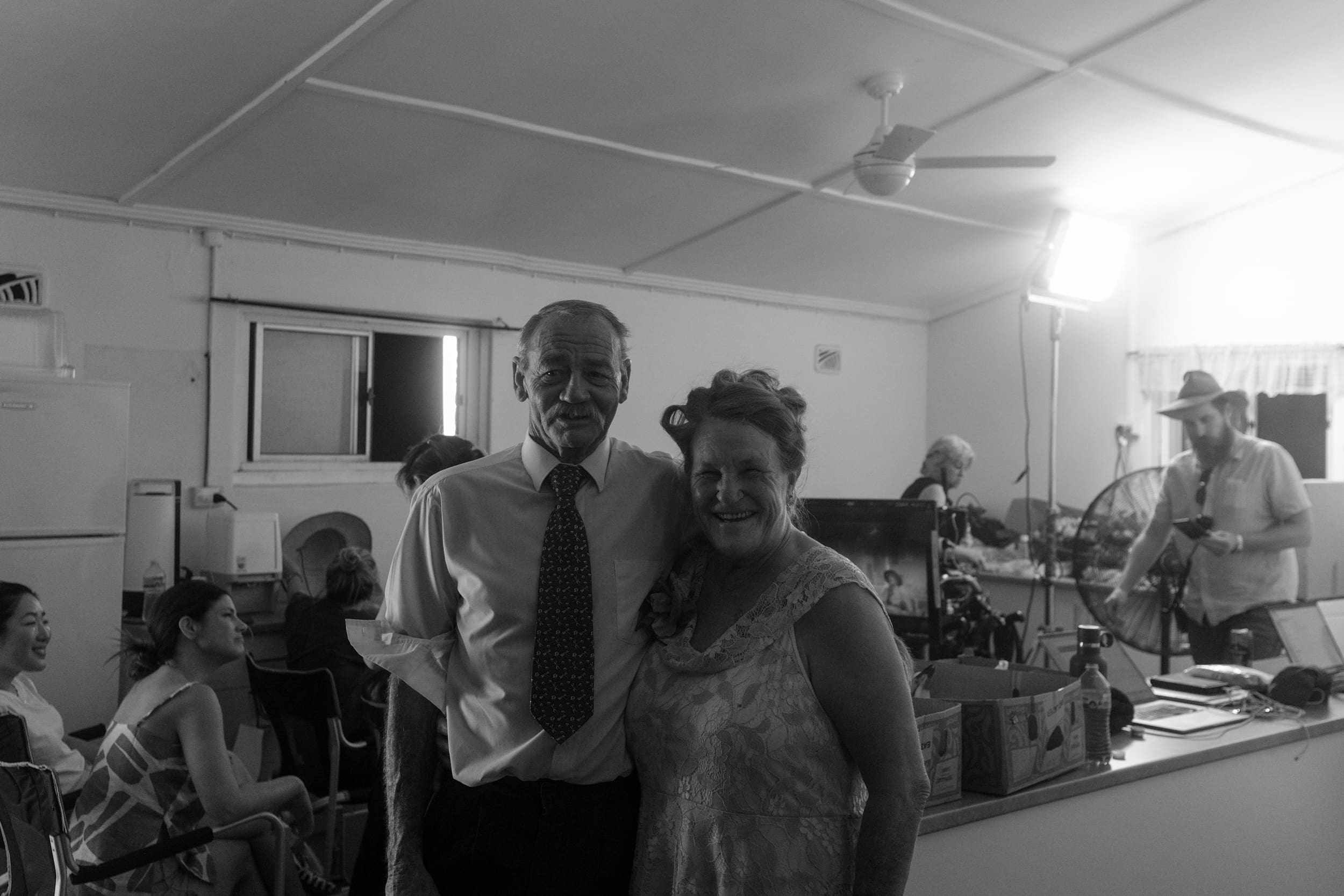
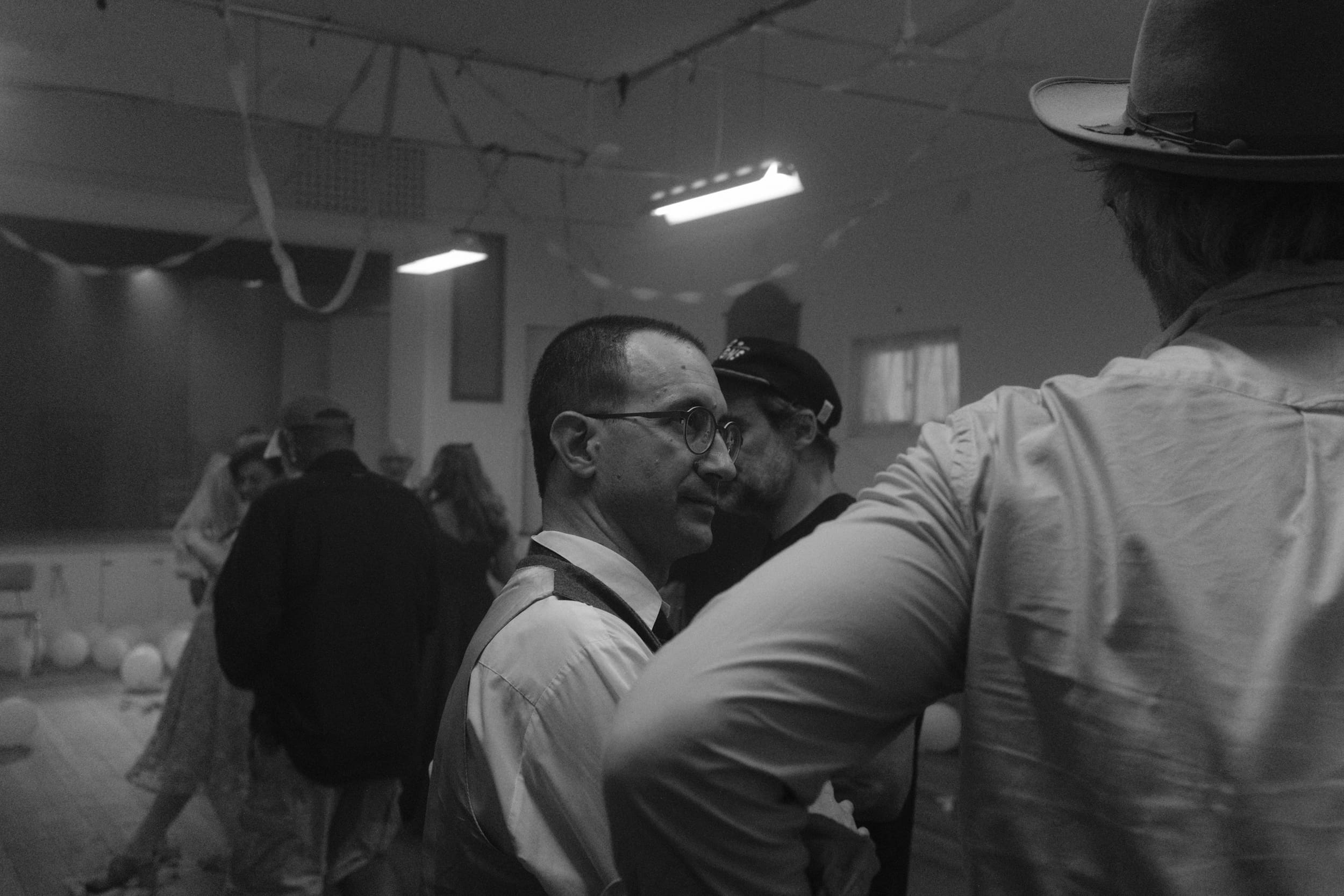
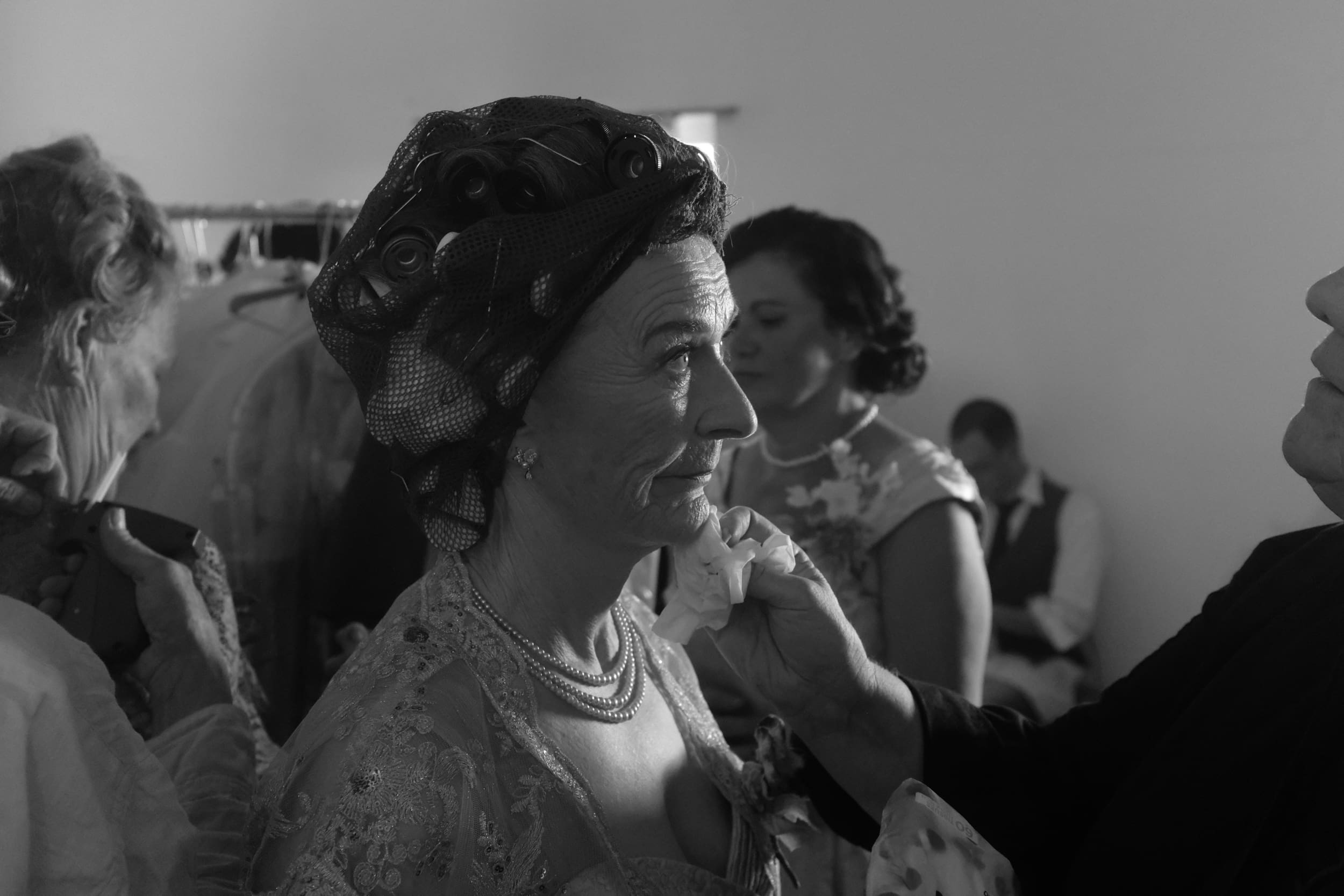
We filmed the project outside of Adelaide in the area around the Flinders Ranges. All of the locations were in different, remote towns, so there was considerable travel between scenes. The benefit however, was that the locations were wonderful and really needed very little augmentation.
